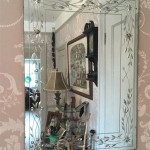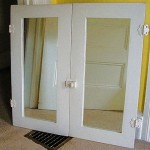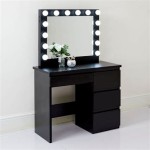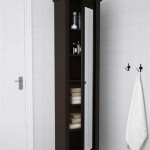Mirror Effect Paint for Plastic
Achieving a mirror-like finish on plastic surfaces involves specific techniques and products. While true chrome plating offers the most reflective results, it's a complex and often expensive process. Mirror effect paints provide a viable alternative, offering a high degree of reflectivity and a more accessible application method for various plastic types. This article examines the key aspects of using mirror effect paints on plastic, from surface preparation to application techniques and achieving optimal results.
Surface Preparation
Proper surface preparation is crucial for achieving a smooth, highly reflective finish. Imperfections in the plastic surface will be magnified by the reflective paint, resulting in a distorted or uneven mirror effect. The process begins with thorough cleaning to remove any dust, grease, or oils. A mild detergent and water solution followed by a degreaser ensures a clean surface for the paint to adhere to properly. Depending on the plastic type and its existing finish, sanding may be necessary to create a slightly roughened surface, which improves paint adhesion.
Primer Application
Applying a specialized primer designed for plastics is often a critical step. These primers create a uniform base for the mirror effect paint, enhancing adhesion and preventing the paint from peeling or chipping. Choosing a primer specifically formulated for the type of plastic being painted is essential, ensuring compatibility and optimal performance. Allow the primer to dry completely according to the manufacturer's instructions before applying the mirror effect paint.
Choosing the Right Mirror Effect Paint
Several types of mirror effect paints are available, each offering different properties and application methods. Solvent-based paints often provide the highest reflectivity but require careful handling due to their strong fumes. Water-based options are more environmentally friendly and easier to clean up but may require additional coats to achieve the desired reflectivity. Spray paints offer a convenient application method for even coverage, while brush-on paints allow for more detailed work. Consider the specific project requirements and the desired level of reflectivity when selecting a paint type.
Application Techniques
Achieving a smooth, mirror-like finish requires precise application techniques. For spray paints, multiple thin coats are recommended, allowing each coat to dry thoroughly before applying the next. This prevents runs and drips, which can ruin the reflective surface. For brush-on paints, applying thin, even strokes in a single direction minimizes brush marks. A steady hand and consistent pressure are crucial for achieving a uniform finish. Maintaining a dust-free environment during application is also essential to prevent particles from becoming embedded in the wet paint.
Drying and Curing
Proper drying and curing are vital for maximizing the reflectivity and durability of the finish. Allow the paint to dry completely in a dust-free environment according to the manufacturer's instructions. Avoid touching or handling the painted surface during this time. Some paints require a specific curing process, which may involve exposure to heat or UV light. Following the manufacturer's recommendations for drying and curing ensures the paint reaches its full reflective potential and achieves optimal hardness.
Sealing the Finish
Applying a clear sealant over the mirror effect paint provides additional protection and enhances the reflectivity. The sealant protects the paint from scratches, chipping, and environmental factors. Choose a high-gloss sealant compatible with the chosen paint type. Apply the sealant in thin, even coats, allowing each coat to dry completely before applying the next. This final step ensures a durable, long-lasting mirror-like finish on the plastic surface.
Troubleshooting Common Issues
Several challenges can arise during the application process. Orange peel, a textured appearance resembling the skin of an orange, can occur due to improper spray techniques or environmental factors. Runs and drips can result from applying too much paint at once. Blotchiness or uneven reflectivity may indicate inadequate surface preparation or inconsistent paint application. Understanding these potential issues and their causes can help address them effectively and achieve the desired mirror finish.

Mirror Effect Spray Paint Rust Oleum

Acrylic Dome To Convex Mirror Using Rust Oleum Effect Spray

Rust Oleum Specialty 6 Oz Mirror Effect Spray Paint 301494 The Home Depot

Chrome Paint 1k Mirror Effect Go

Mirror Effect Spray Paint Technique On Resin

Transform Clear Glass Into Mirror Gold Silver Gloss Effect Spray Paint

Oem Odm Chrome Mirror Effect Silver Plastic Paint Private Label Spray China Made In Com

Mirror Effect Paint For Crystal And Methacrylate Pmma

Mirror Chrome Color Effect Spray Paint For Plastic China Chromium Vacuum Metallized Pigment Made In Com

Rust Oleum 267727 Specialty Spray Paint Mirror Effect Silver Glass Acrylic 6 Oz








